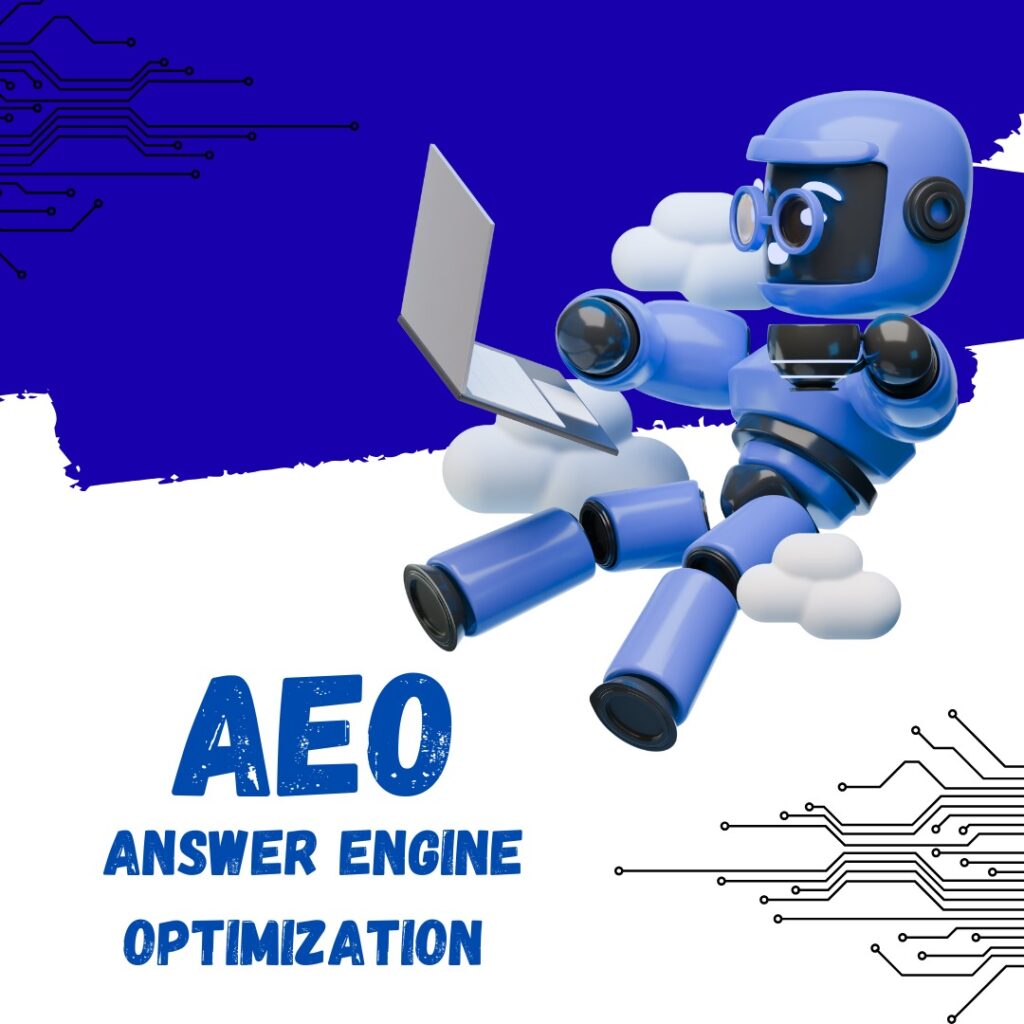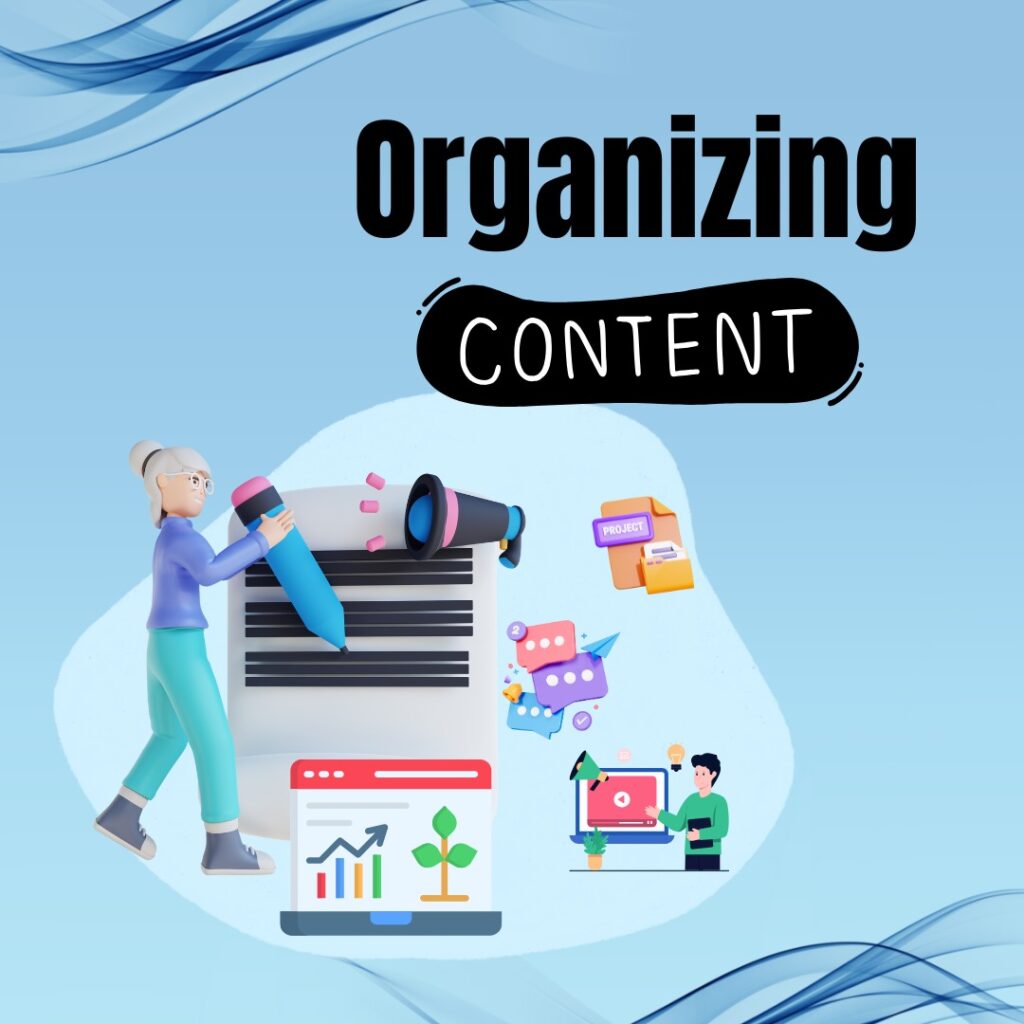AEO:
AEO is Authorized Economic Operator. It is a designation granted by customs administrations to companies that have qualified against certain requirements concerning supply chain security, customs compliance, solvency, and a record of complying with trade laws
. The AEO program is included in the World Customs Organization’s SAFE Framework of Standards, which is designed to promote international supply chain security and free trade. Businesses that become AEO-recognized enjoy streamlined customs processes, quicker clearance, and front-of-the-line treatment at borders. The trusted trader status enhances efficiency and lowers costs for businesses involved in global commerce while maintaining the security and integrity of the international supply chain.

Why AI search is dominating?
AI search is overwhelming the web at breakneck pace, due in large measure to rollouts like Google’s Search Generative Experience (SGE) and mounting use of AI-fueled chatbots like ChatGPT. As opposed to traditional search engines that produce a list of URLs, SGE presents AI-generated summaries on the page one searches from, allowing users to find what they seek without needing to click through multiple sites. This evolution towards direct responses has dramatically altered the behavior of users, decreasing dependency on traditional websites and changing the dynamics of SEO.
Concurrently, AI chatbots are revolutionizing search through conversational, context-based answers that integrate information from different sources. The chatbots enable users to pose follow-up questions in a natural manner, creating the experience more interactive and intuitive. Collectively, these technologies are making search easier, enhancing accuracy, and elevating user satisfaction. Consequently, search powered by AI is turning into the go-to technique for searching online, forcing classic search models to transform at breakneck speed.
Key Points Of AEO:
1. Organized Content:
Utilize headings (H1, H2, etc.), bullet points, and concise paragraphs to structure your content. This makes it easy for both AI and search engines to comprehend and pull out answers from your content.

2. Schema Markup:
Schema is a unique code (structured data) incorporated into your web pages that informs search engines about what the content is (e.g., FAQs, How-To articles). It enhances your visibility in rich results and AI-generated summaries.
3. Direct Answer Blocks:
Place concise and readable answers (approximately 40–60 words) to frequent questions at the beginning of your content. These boost the possibility of your content being selected for featured snippets or AI answer boxes.
4. Natural Language:
Author in a human-friendly and natural language manner—exactly the way people communicate. Natural language-based content is preferred by AI search engines, voice assistants, and chatbots.
5. Content Relevance & Accuracy:
Ensure the content is current, factual, and relevant to user intent. AI adores trusted and high-quality information following the EEAT principle, which stands for Experience, Expertise, Authoritativeness, and Trustworthiness.
6. Featured Snippet Optimization:
Organize your content to provide clear answers for frequently asked questions. Employ definitions, tables, or step-by-step numbered versions to increase the chances of your content being featured in Google’s featured snippet or AI answer blocks.
7. Mobile & Fast Loading Pages:
Ensure your website loads fast and works perfectly on mobiles. AI search tools favor fast, mobile-friendly websites to enable improved user experience.
Who benefits most from AEO?
Who derives most benefit from AEO?
Specific industries derive more benefit from AEO since they align with the way users interact with AI-supported search (such as ChatGPT, Google SGE, and voice assistants). The best-performing niches are:
1. E-commerce Sites
Why they benefit?
- Product descriptions, comparisons, and reviews can be formatted for AI responses.
- “Best for” and “Top 10” lists quite naturally occur in featured snippets.
- AI can directly take users to product pages, leading to higher conversion.
Example:
A page titled “Best budget smartphones under $300” can easily rank in AI search summaries.
2. FAQ-Based Sites / Informational Content
How they are useful:
- Some questions are pre-answered in these sites, and that is what search engines based on AI adore.
- Question and answer is optimal for answer boxes and voice search.
Example:
Health blog in answer to “What are symptoms of vitamin D deficiency?” will end up showing up in Google SGE or show up as a chatbot answer.
3. Local Services
Why they benefit:
- Locals tend to look for local services in conversational search requests (e.g., “best plumber near me”).
- AEO renders local businesses visible in voice searches and location-based AI results.
Example:
An AEO-optimized page for “Emergency electrician in Lahore” can show up directly on local AI suggestions.
4. How-To & Educational Content
Why they are useful:
- Featured snippets and SGE responses adore step-by-step tutorials.
- AI prefers content that explicitly demonstrates or teaches procedures.
Example:
“Changing a car tire” in steps can be selected for voice search or AI-created guides.
In Summary:
The largest AEO beneficiaries are e-commerce websites, FAQ-heavy pages, local businesses, and how-to/education sites — all of which align naturally with the way AI responds to questions. All these types can improve visibility, clicks, and even conversions through optimization for direct, structured, and user-centered content.
Tools & Trends:
1. AlsoAsked:
Use: Visualize follow-up questions people ask to determine user intent.
Benefit: Organizes content on the basis of real questions for answer boxes and featured snippets.
2. Frase:
Use: AI optimization of content on the basis of question-based search.
Benefit: Finds SERP questions and assists in making direct, short answers to AEO.
3. Surfer SEO:
Use: Keyword density, organization, and relevance content optimization.
Benefit: Makes content that will most likely be located in AI summary box and answer boxes.
4. Schema.org / RankRanger Schema Markup Generator
Usage: Generates formatted data like FAQ, How-to, Article, etc.
Value: Assists in supporting an AI engine in extracting answers directly with schema markup.
Benefit: Assist to aid an AI engine in extracting direct answers with schema markup.
5. ChatGPT / Gemini / Claude
Use: Competitor snippet analysis, create FAQs, content summarization.
Benefit: Duplicate how AI engines read and rephrase your content.
6. AnswerThePublic
Use: Visualizes what people search around a topic.
Benefit: Stirs content giving direct-to-the-point answers to top questions.
Emerging AEO Trends
1. AI Search Dominance (SGE & Chatbots)
- Google SGE and Bing AI revolutionize the way users seek answers.
- Direct answer snippets take precedence over old-school links.
2. Entity Shift & Away from Keywords
- Google now takes entity recognition and context, not keywords, into account.
- InLinks and MarketMuse tools make the trend possible.
3. Conversational & Voice Search
Greater use of voice assistants engenders a larger demand for spoken-style, concise, and clear answers.
4. Zero-Click Searches Increase
Answers without a click – so being the answer becomes the new SEO objective.
5. Increased Structured Data (Schema) Usage
Schema in place can make search engines comprehend and display content as rich snippets or AI summaries.
Stay updated on international business news with Rank Masters
